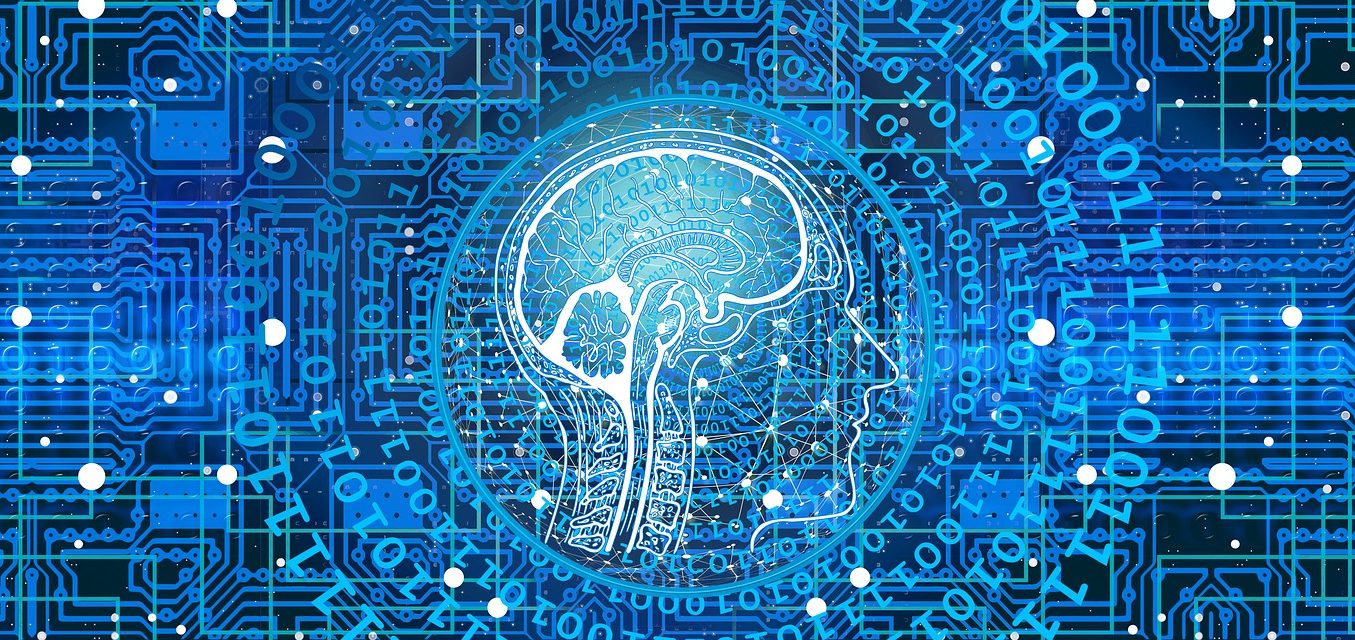Artificial intelligence (AI), sometimes called machine intelligence, is intelligence demonstrated by machines, in contrast to the natural intelligence displayed by humans and other animals.
The scope of AI is disputed: as machines become increasingly capable, tasks considered as requiring “intelligence” are often removed from the definition, a phenomenon known as the AI effect, leading to the quip in Tesler’s Theorem, “AI is whatever hasn’t been done yet.” For instance, optical character recognition is frequently excluded from “artificial intelligence”, having become a routine technology. Modern machine capabilities generally classified as AI include successfully understanding human speech, competing at the highest level in strategic game systems (such as chess and Go), autonomously operating cars, and intelligent routing in content delivery networks and military simulations.
Artificial intelligence was founded as an academic discipline in 1956, and in the years since has experienced several waves of optimism, followed by disappointment and the loss of funding (known as an “AI winter”), followed by new approaches, success and renewed funding. For most of its history, AI research has been divided into subfields that often fail to communicate with each other. These sub-fields are based on technical considerations, such as particular goals (e.g. “robotics” or “machine learning”), the use of particular tools (“logic” or artificial neural networks), or deep philosophical differences. Subfields have also been based on social factors (particular institutions or the work of particular researchers).
The traditional problems (or goals) of AI research include reasoning, knowledge representation, planning, learning, natural language processing, perception and the ability to move and manipulate objects. General intelligence is among the field’s long-term goals. Approaches include statistical methods, computational intelligence, and traditional symbolic AI. Many tools are used in AI, including versions of search and mathematical optimization, artificial neural networks, and methods based on statistics, probability and economics. The AI field draws upon computer science, information engineering, mathematics, psychology, linguistics, philosophy, and many others.
Artificial neural networks
Neural networks, or neural nets, were inspired by the architecture of neurons in the human brain. A simple “neuron” N accepts input from multiple other neurons, each of which, when activated (or “fired”), cast a weighted “vote” for or against whether neuron N should itself activate. Learning requires an algorithm to adjust these weights based on the training data; one simple algorithm (dubbed “fire together, wire together”) is to increase the weight between two connected neurons when the activation of one triggers the successful activation of another.
